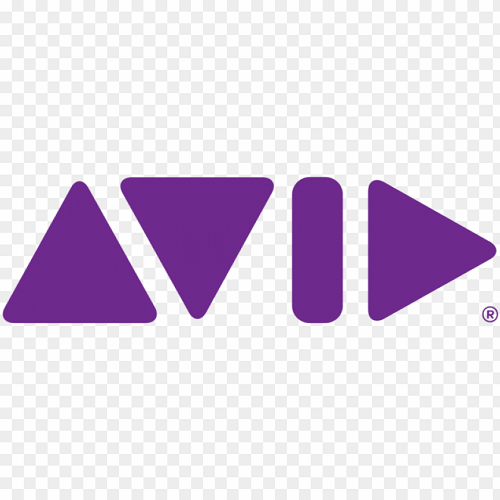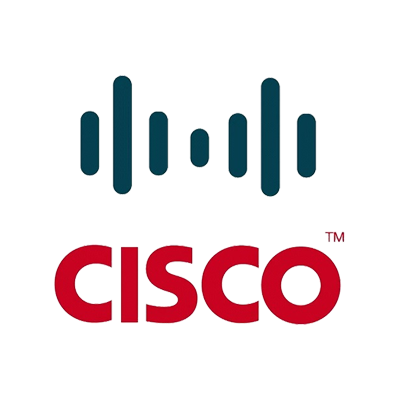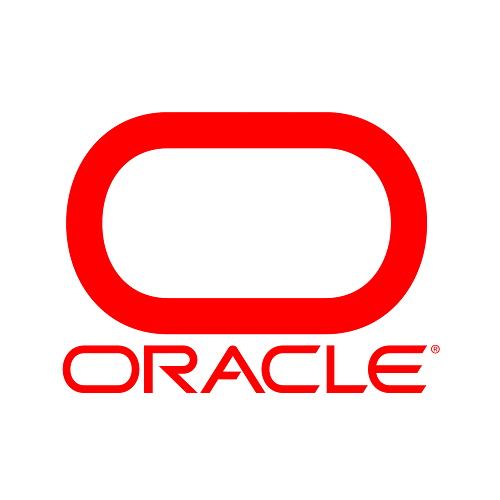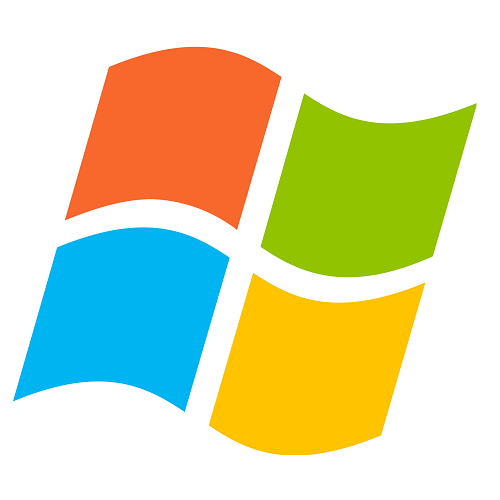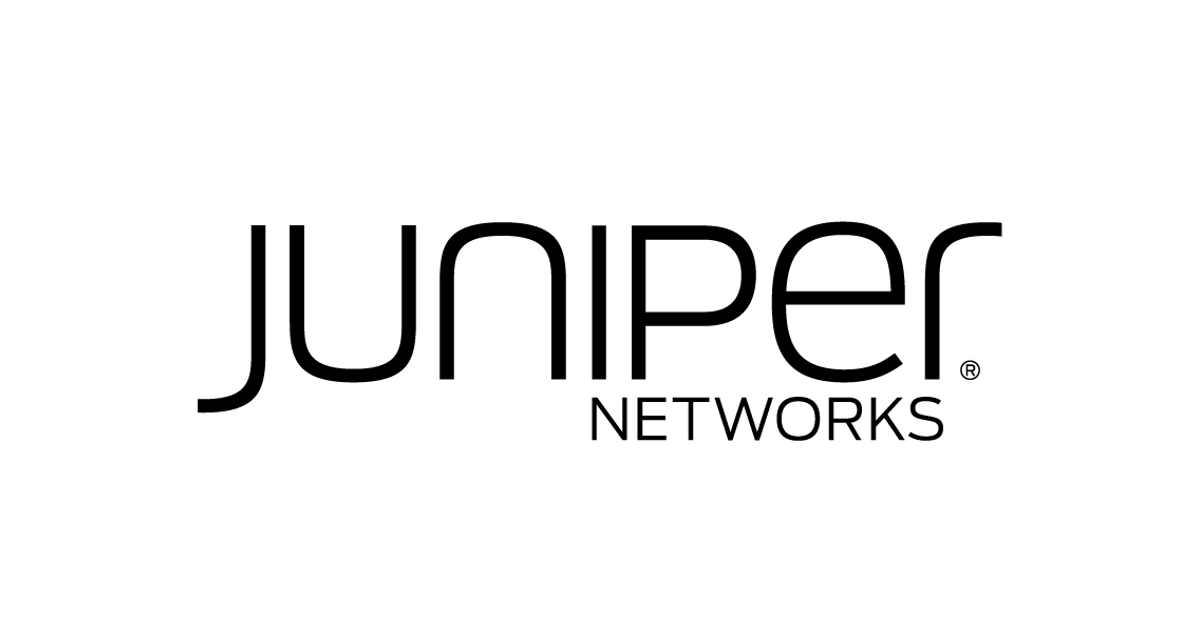Banking software refers to a range of technology solutions designed to streamline and automate various processes within the banking and financial industry. These software systems help banks and financial institutions manage customer accounts, transactions, compliance, reporting, and more. Here are some key aspects of banking software:
Core Banking System: This is the central software that manages core banking operations such as customer accounts, transactions, deposits, loans, and payments.
Online Banking: Software for online and mobile banking allows customers to access their accounts, view transactions, make payments, and perform other banking activities remotely.
ATM and Self-Service Kiosk Software: These systems control automated teller machines (ATMs) and self-service kiosks, enabling customers to conduct basic banking transactions without visiting a physical branch.
Payment Processing: Banking software facilitates various payment types, including electronic fund transfers, wire transfers, direct debits, and online payments.
Risk Management: Software solutions help banks assess and manage risks, monitor credit, evaluate loan portfolios, and comply with regulations.
Anti-Money Laundering (AML) and Know Your Customer (KYC): These tools assist in compliance by verifying customer identities, monitoring transactions for suspicious activity, and adhering to regulatory requirements.
Customer Relationship Management (CRM): CRM software tailored for banking helps institutions manage customer interactions, preferences, and feedback, enhancing customer service.
Data Analytics and Business Intelligence: Banking software includes analytics tools that provide insights into customer behavior, transaction patterns, and trends, aiding strategic decision-making.
Digital Signature and Document Management: These features enable electronic signing of documents, reducing the need for physical paperwork and improving efficiency.
Loan Origination and Management: Software systems automate the process of loan origination, approval, disbursement, and management.
Treasury Management: Banking software for treasury management assists in cash management, liquidity forecasting, investment management, and risk mitigation.
Fraud Detection and Prevention: Advanced software tools help banks identify and prevent fraudulent transactions and activities.
Regulatory Compliance: Banking software includes features to ensure compliance with financial regulations, reporting requirements, and data security standards.
Integration: Banking software often needs to integrate with external systems such as payment gateways, credit bureaus, and financial market data providers.
Multi-Currency and Multi-Language Support: Especially important for international banking, these features accommodate various currencies and languages.
Security: Banking software prioritizes security measures to protect sensitive financial data and prevent unauthorized access.
Audit and Reporting: Software systems generate audit trails and reports for internal and external auditing purposes.
Scalability and Flexibility: Banking software should be able to accommodate the growing needs of financial institutions as well as adapt to changing industry trends and regulations.
Banking software plays a crucial role in modernizing banking operations, improving customer experiences, and ensuring regulatory compliance in the financial sector.


